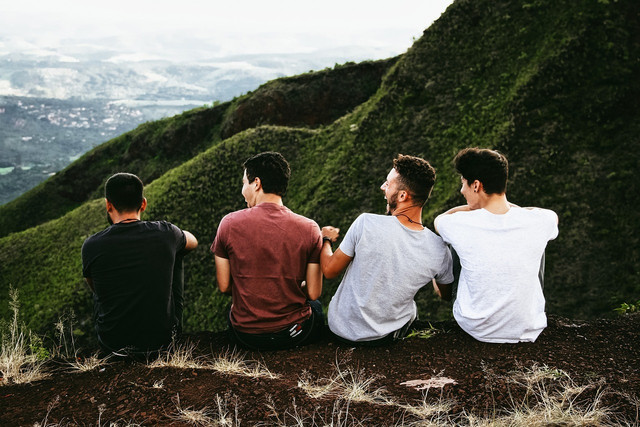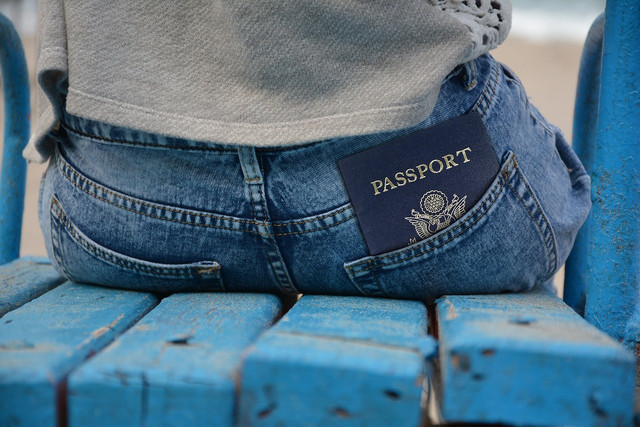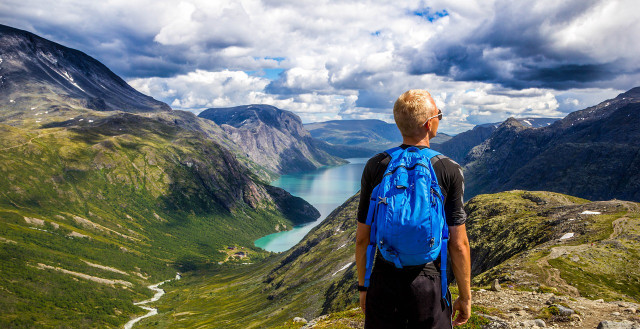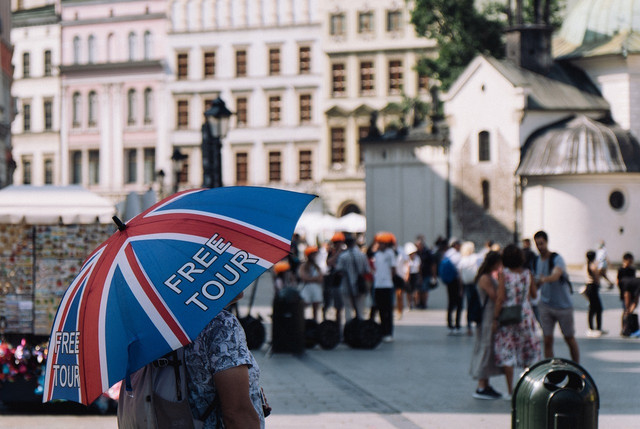With years of travel restrictions and remote working, you might be itching for new pastures. Check out these nine tips on how to travel alone and make the most of your adventure.
Just because your vacation schedule doesn’t align with that of your friends or family doesn’t mean you’re stuck with a staycation. Traveling alone can be a transformative experience — expand your worldview with new perspectives and cultures, build memories to last a lifetime, learn to rely on yourself in an unfamiliar environment, and leave your comfort zone!
Kick the travel anxiety to the curb with these nine tips for solo travel — and have fun while doing it:
- Do your research
- Location, location, location!
- Consider transportation
- Meet people
- Stay flexible
- Try local
- Stay safe
- Pack light, but be prepared
- Take a tour
1. Do Your Research

Whether you are more into micromanaging or going with the flow, doing some research beforehand can help you make the most of your solo travels. Here are some suggestions for how to prepare:
- Make a game plan: Find attractions that you would like to visit with the help of online research sites to make sure you get to see everything you want.
- Check ratings: You might get fair warning of certain sights, hotels, and restaurants not worth visiting, and may find some off-the-beaten-track ones which are better.
- Look for special events: See what’s on in the city or region while you’re visiting, such as concerts, markets, or festivals.
- Consider the destination: Well-developed tourist industries may lack some natural charm, but will be safer, more convenient and offer more support for solo travelers. You’re also more likely to be able to strike up a conversation if you need some company.
2. Location, Location, Location!



Regardless of whether you opt for a hostel dorm or a five-star hotel, make sure your location fits the type of trip you want. For quick city travel, find a room near the attractions you wish to visit or well connected by public transport. Though apartment rentals offer more privacy, hotels and hostels often offer perks such as entertainment, group excursions, special events and chances to mingle.
3. Consider Transportation



Without anyone to split the cost of ridesharing, you may need to consider other ways to move from point A to point B. Different destinations have different infrastructure, meaning buses, subway, tuk-tuks or ferries. Larger cities usually have a robust and affordable public transport system that is well-connected and better for the environment. For more remote areas, consider renting a car, bike or scooter.
4. Meet People



Meeting some new and interesting people is often a highlight whenever you travel alone. Tourist destinations are melting pots for diverse travelers with unique perspectives and stories, many of whom are more than open to new connections.
Meeting other travelers or locals can open doors to memorable excursions, nights out on the town, or even life-long friends. Consider striking up conversations at breakfast, joining a tour, or taking part in group activities. Remember, there is safety in numbers!
Not comfortable meeting new folks? Learn more: Can an Introvert Become an Extrovert? Your Options Explained
5. How to Travel Alone and Make the Most of It: Stay Flexible



Though you may want to have the basic bones of your trip planned out, make room for the unplanned. Happy (or unhappy) accidents might derail even the most airtight itineraries, but that isn’t the end of the world. Be patient during roadblocks and receptive when opportunities present themselves. An unexpected diversion may just be the best part of your trip.
6. Try Local



Visiting the Eiffel Tower when in Paris or the Hagia Sophia when in Istanbul is a given, but sometimes the most memorable experiences are those outside the carefully manicured tourist centers. Be adventurous and try some local cuisine or visit local hotspots. Knowing how to travel alone means making friends with locals — this can open up a completely different side of the city for you.
7. Stay Safe



To travel alone means you have no one to rely on but yourself. Here are some tips for smoothing out potential speedbumps on your trip:
- Secure your valuables in both your room and on your person. Use provided safes, bring a padlock for lockers, and keep your wallet close. There is a reason why fanny packs are back in style.
- Keep connected by making sure your phone is fully charged and that you have access to either Wi-Fi or a data plan. Bringing a powerbank, extra charger or travel adapter won’t hurt.
- Share your plans and location with a close friend or family member just in case.
- Use common sense and trust your gut. Don’t drink too much when going out alone and avoid wandering too far from the beaten path.
8. Pack Light, But Be Prepared



Lugging a large suitcase around can be a hassle both at baggage claim and when trying to move from place to place. You can minimize the clutter for shorter trips, but should still include some essentials:
- Bring travel-sized versions of toiletries. These cut down on space and are allowed on carry-on when flying.
- Bring a small backpack for daily travel. Pack it with a water bottle, powerbank or phone charger, travel documents, and an extra layer of clothing for uncertain weather.
- Bring extra cash in case you want to splurge.
- Prepare for possible backpacking in the rain.
- Zero waste travel can help lighten your load and carbon footprint.
9. How to Travel Alone: Take a Tour



Prepackaged tours may be generic in their offerings, but they often allow for an efficient way to hit the highlights of a destination and learn some fascinating trivia along the way. Quick walking tours can often be found for free in some city centers or hotels, while bus tours allow you to save money on otherwise expensive or far-off attractions.
Read more:
- Travel by Bike: 10 Tips on How to Start in the US
- Do Not Try This: Stupid Things People Do on Vacation
- Low Budget Vacation Ideas for Couples: Spots, Activities, Food
Do you like this post?









